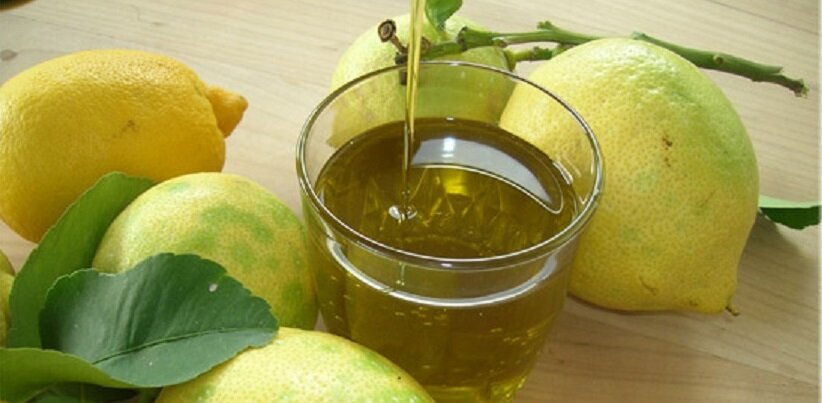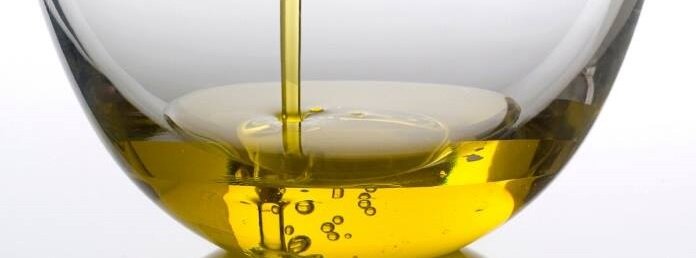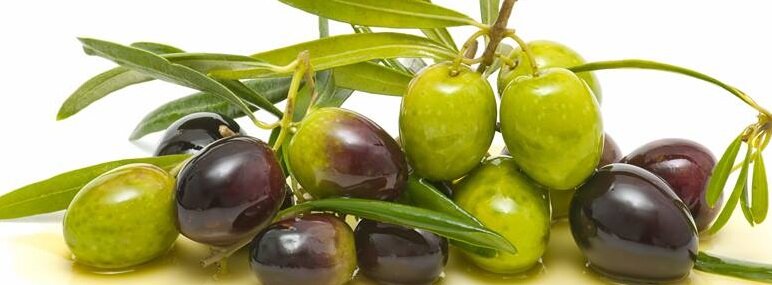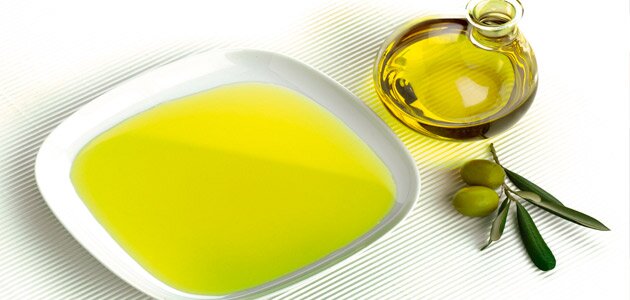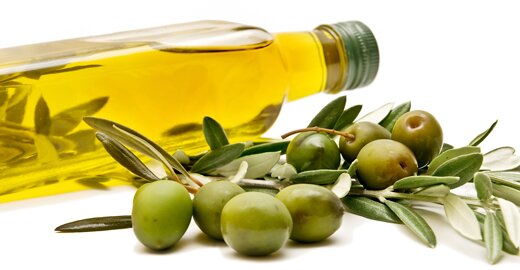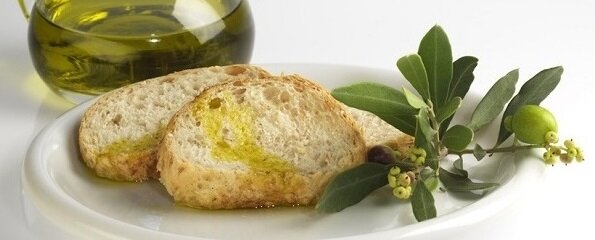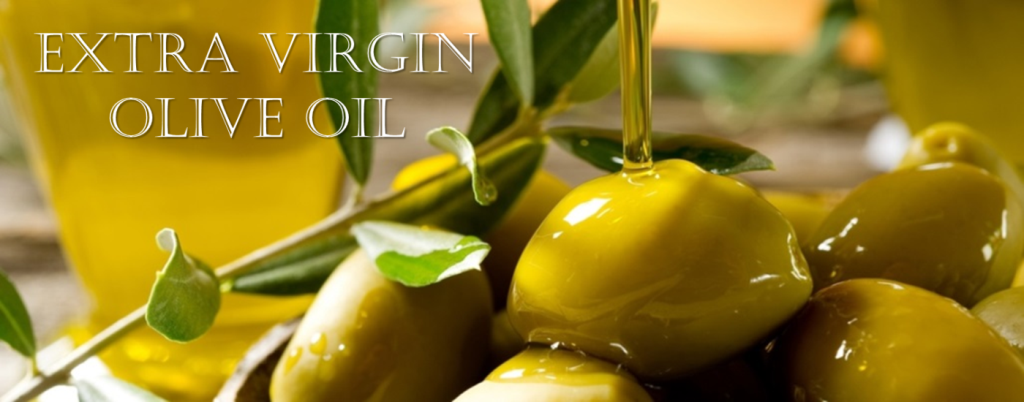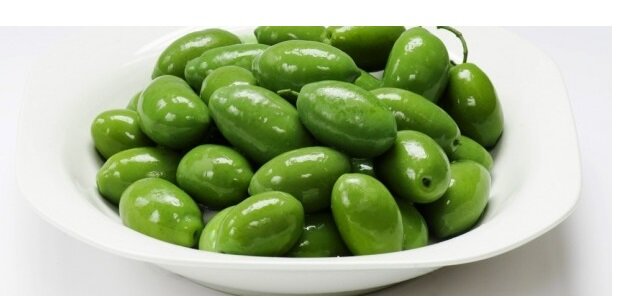-
Recent Posts
- Olivo: storia, usi, proprietà e benefici 23 February 2018
- Pane e olio: ottima combinazione 19 February 2018
- La cioccolata fa bene al cervello 18 February 2018
-
Blog

-
PointOliveTre

-
UlipointRistoranti

-
Dr Vera Sergeeva

-
COI Madrid

-
ASAJA JAEN

-
OliveOilTimes

-
Mercacei

Olive oil for health
Virgin olive oil is produced from olives using mechanical and other physical processes that do not alter its composition. The oil obtained is classified according to its acidity, expressed in grams of oleic acid per 100 g of oil and its organoleptic properties and production techniques adopted. The following classification of olive oils:extra virgin olive oil: is the top quality product. The free acidity, in terms of oleic acid, of less than 0.8 g per 100 g and organoleptic score equal to or greater than 6.5;
Virgin olive oil: has it’s degree of acidity up to 2 g per 100 g and organoleptic score equal to or greater than 5.5;
olive oil: it is a mixture of Virgin olive oils with refined olive oils, whose acidity not more than 1 g per 100 g;
olive-pomace oil: is obtained by cutting Virgin olive oil with refined olive-pomace oil. It has a free acidity, expressed as oleic acid, of not more than 1.5 g per 100 g.
Nutritional properties of olive oil
The 90% of olive oil consists of lipids (or triglycerides), found predominantly in the form of liquid oils; These triglycerides are characterized by a 15% saturated fatty acids and an 85% monounsaturated and polyunsaturated fats. Study finds olive oil is able to protect your liver: researchers administered to mice by Herb lab capable of causing liver damage; later, these animals, where given an extract of olive oil for their beneficial properties. As a result of such administration every animal has shown signs of improvement of hepatic activity, defined by an increase in the amount of antioxidants found in the body and by a decrease of the markers that indicate liver damage.
by Giorgio Muffato

